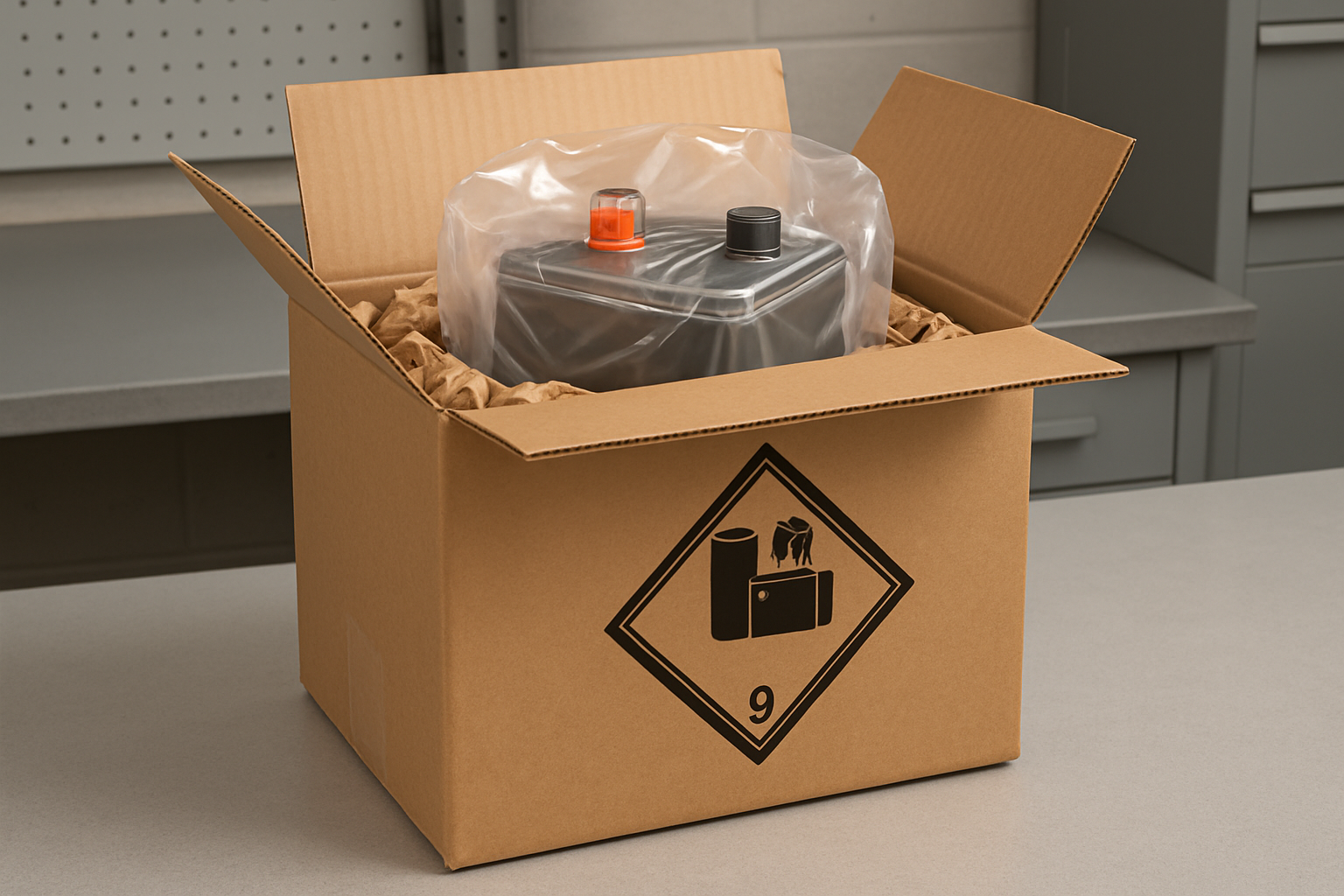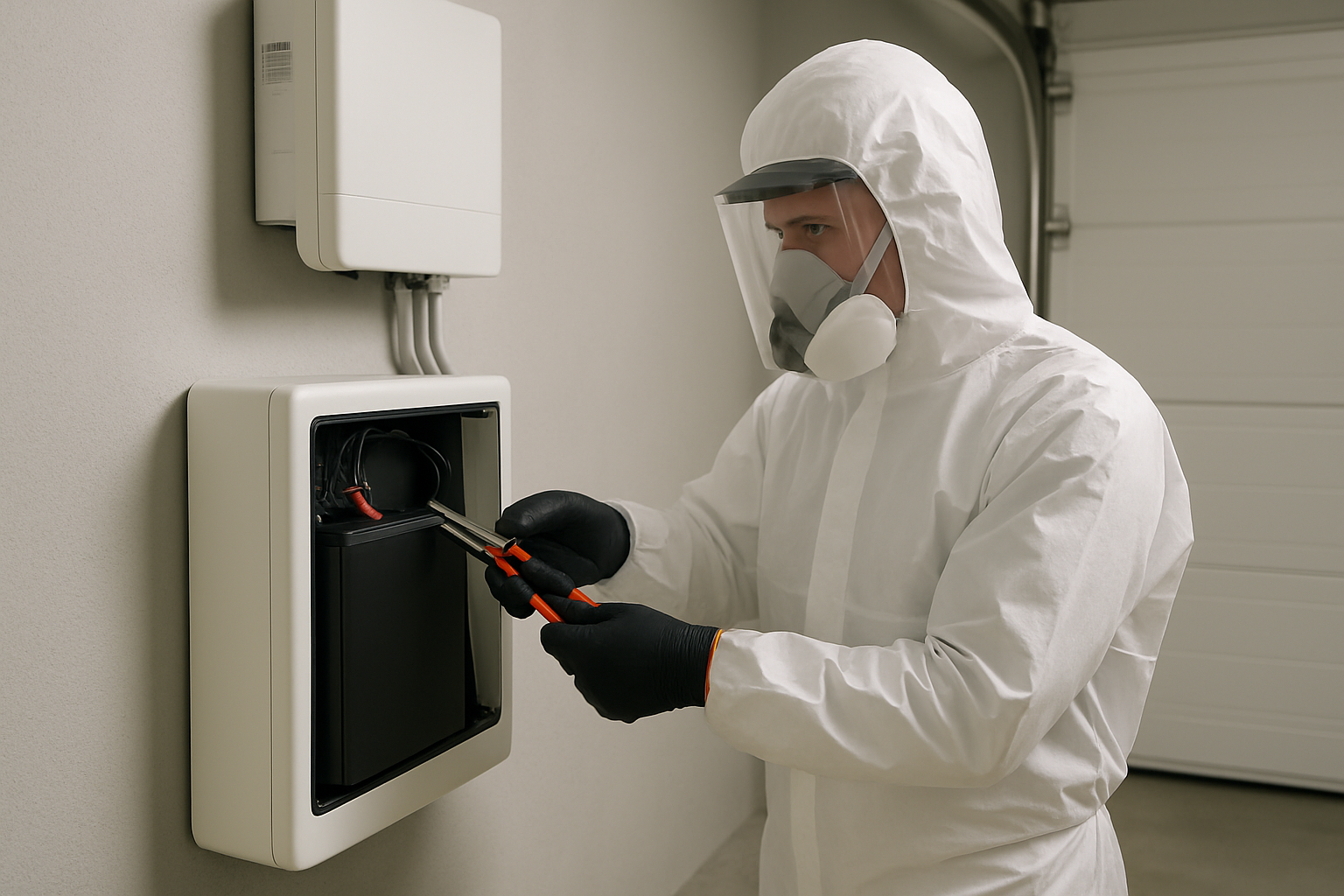As more homes adopt solar energy storage, a critical question emerges: what happens to these batteries at the end of their service life? The answer lies in creating a robust circular economy. This blueprint outlines the essential journey of a home battery from the moment it's decommissioned to its transformation into black mass, a vital first step in recycling and giving its valuable materials a new life.
The First Step: Efficient Battery Collection Systems
The entire circularity process begins with a safe and efficient collection framework. Without a reliable system to retrieve end-of-life batteries, valuable resources remain locked away, and potential environmental hazards are left unmanaged. A structured approach is not just beneficial; it's necessary.
Why Proper Collection Matters
Proper collection is the cornerstone of responsible battery stewardship. It ensures safety by preventing improperly handled lithium-ion batteries, which can pose fire risks, from entering the general waste stream. Environmentally, it stops hazardous materials from contaminating soil and water. Economically, it secures a feedstock of valuable materials, reducing the need for new mining. According to a report by the IEA, recycling end-of-life batteries can relieve a significant portion of the burden from mining virgin ores. This is a key finding from The Role of Critical Minerals in Clean Energy Transitions, which highlights how recycled content can fortify supply chains.
Models for Home Battery Take-Back
Several models exist to facilitate the return of used home batteries. Extended Producer Responsibility (EPR) programs often place the onus on manufacturers to fund and manage the collection and recycling of their products. Many installers and retailers also offer take-back services, providing a convenient drop-off point for homeowners. In some regions, municipal waste facilities are equipped to accept these batteries. Regardless of the model, all collection channels must adhere to strict regulations for transporting and storing what is classified as hazardous material.
From Your Home to the Facility: Sorting and Pretreatment
Once collected, batteries arrive at a specialized facility where their transformation begins. This phase involves meticulous sorting and pretreatment to prepare them for the core recycling process. Each step is designed to maximize safety and material recovery efficiency.

The Importance of Sorting
Not all lithium-ion batteries are the same. Different chemistries, such as Lithium Iron Phosphate (LiFePO4) and Nickel Manganese Cobalt (NMC), require slightly different recycling pathways. Sorting is the process of identifying and separating batteries by their chemistry and form factor. This can be a manual process, but advanced facilities are increasingly using automated systems with optical recognition and robotics to improve accuracy and throughput. During this stage, external components like casings, wiring, and battery management systems (BMS) are also removed.
Pretreatment: Preparing for Material Recovery
Pretreatment is a critical safety and preparation step. The IEA's report, The State of Energy Innovation, defines pretreatment as the stage where batteries are discharged, dismantled, and mechanically or thermally treated to condition them for easier material recovery. First, any remaining charge is safely drained to eliminate electrical hazards. Next, the battery packs are carefully dismantled into smaller modules and individual cells. This methodical deconstruction makes the subsequent steps far more effective and is considered the least complex but most foundational stage of the recycling process.
Creating Black Mass: The Heart of Early-Stage Recycling
After pretreatment, the battery cells are ready to be processed into black mass. This intermediate product is the primary output of the initial mechanical recycling phase and the key input for the chemical processes that recover pure minerals. Its quality directly impacts the efficiency of the entire recycling loop.
What Exactly is Black Mass?
Black mass is a dark, powdery substance that results from shredding and processing battery cells. It contains a concentrated mix of the most valuable materials from within the battery: the cathode and anode materials. This includes high-value elements like lithium, cobalt, nickel, manganese, and graphite. As described in The State of Energy Innovation, this powder is the target output of the pretreatment phase, setting the stage for sophisticated hydrometallurgical or pyrometallurgical refinement.
The Mechanical and Thermal Process
The creation of black mass involves a multi-step process. The dismantled cells are fed into industrial shredders under a controlled atmosphere to manage safety. The shredded material then undergoes a series of separation techniques. Powerful magnets pull out steel casings, while eddy currents separate non-ferrous metals like copper and aluminum foils. Sieves and density separation tables help isolate plastics. Some advanced processes also incorporate thermal treatment, or calcination, to burn off electrolytes and binders, further purifying the black mass. This approach minimizes waste and maximizes the concentration of target minerals.
| Stage | Input Material | Process | Output Materials |
|---|---|---|---|
| Collection & Sorting | End-of-Life Home Batteries | Manual/Automated Sorting | Sorted Batteries by Chemistry, Casings, Electronics |
| Pretreatment | Sorted Batteries | Discharging, Dismantling | Battery Modules, Cells, Aluminum/Steel Casings |
| Black Mass Production | Battery Cells | Mechanical Shredding, Thermal Treatment | Black Mass, Separated Copper/Aluminum Foils, Plastics |
| Final Recovery (e.g., Hydrometallurgy) | Black Mass | Leaching, Chemical Precipitation | Battery-Grade Lithium, Cobalt, Nickel Salts |
The Blueprint's Impact on the Circular Economy
This structured path from collection to black mass is more than a waste management strategy; it is a foundational component of a sustainable energy future. By converting old batteries into a valuable resource, this process directly supports the principles of a circular economy.
Reducing Reliance on Virgin Mining
Every ton of black mass produced and refined means less raw material needs to be extracted from the earth. This reduces the environmental and social impacts associated with mining. While recycled materials will not eliminate the need for new mining entirely, they will play an increasingly crucial role. The IEA notes that manufacturing scrap currently accounts for a majority of recyclable battery material, but end-of-life batteries could represent over 90% of the feedstock by 2050. Developing efficient collection and recycling for these post-consumer batteries is the critical task for this decade.
Building a Resilient Supply Chain
A domestic supply of recycled battery materials strengthens the entire energy storage industry. It creates a local, reliable source of critical minerals, making the supply chain less vulnerable to geopolitical disruptions and price volatility. As regulations evolve, such as the EU's Sustainable Batteries Regulation mentioned in the IEA's analysis, having robust recycling infrastructure will become a competitive and legal necessity. This blueprint is the first part of building that resilient, closed-loop system.
Your Role in the Circular Blueprint
The journey from a retired home battery to valuable black mass is a complex but essential process. It transforms potential waste into a cornerstone of a sustainable energy economy. By understanding this blueprint, homeowners can appreciate the importance of choosing partners who are committed to responsible end-of-life management. This system ensures that the move toward energy independence is also a move toward a truly circular and sustainable future.
Frequently Asked Questions
What is 'black mass' in battery recycling?
Black mass is a dark powder created by shredding used lithium-ion battery cells. It contains a valuable mixture of cathode and anode materials, including lithium, cobalt, nickel, and graphite. This substance serves as the primary raw material for refineries that produce new battery-grade materials.
Can I put my old home battery in the regular trash?
No, you should never dispose of a home battery in the regular trash. These batteries contain hazardous materials and can create a serious fire hazard if damaged or crushed. They require special handling and must be returned through a certified recycling channel.
Who is responsible for collecting my end-of-life battery?
Responsibility often lies with the manufacturer under Extended Producer Responsibility (EPR) policies. Your first point of contact should be the company that installed your system or the battery manufacturer. They can provide specific instructions on their take-back program or direct you to a certified collection partner.





Leave a comment
All comments are moderated before being published.
This site is protected by hCaptcha and the hCaptcha Privacy Policy and Terms of Service apply.